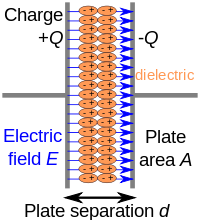
Photo from wikipedia
The polarisation of sunlight after scattering off the atmosphere was first described by Chandrasekhar using a geometrical description of Rayleigh interactions. Kosowsky later extended Chandrasekhar's formalism by using Quantum Field… Click to show full abstract
The polarisation of sunlight after scattering off the atmosphere was first described by Chandrasekhar using a geometrical description of Rayleigh interactions. Kosowsky later extended Chandrasekhar's formalism by using Quantum Field Theory (QFT) to describe the polarisation of the Cosmological Microwave Background radiation. Here we focus on a case that is rarely discussed in the literature, namely the polarisation of high energy radiation after scattering off particles. After demonstrating why the geometrical and low energy QFT approaches fail in this case, we establish the transport formalism that allows to describe the change of polarisation of high energy photons when they propagate through space or the atmosphere. We primarily focus on Compton interactions but our approach is general enough to describe e.g. the scattering of high energy photons off new particles or through new interactions. Finally we determine the conditions for a circularly polarised $\gamma$--ray signal to keep the same level of circular polarisation as it propagates through its environment.
Journal Title: Journal of Cosmology and Astroparticle Physics
Year Published: 2019
Link to full text (if available)
Share on Social Media: Sign Up to like & get
recommendations!